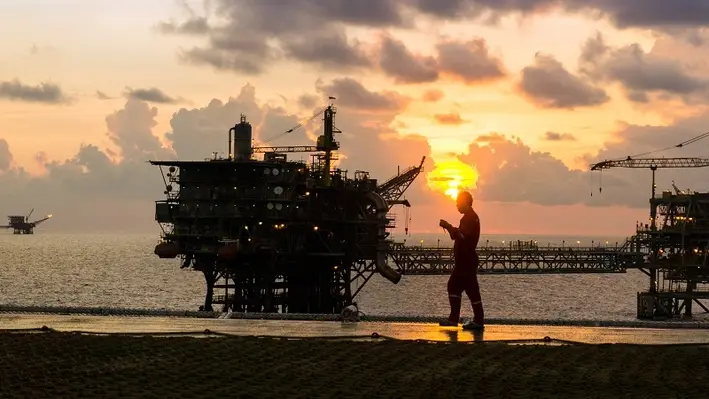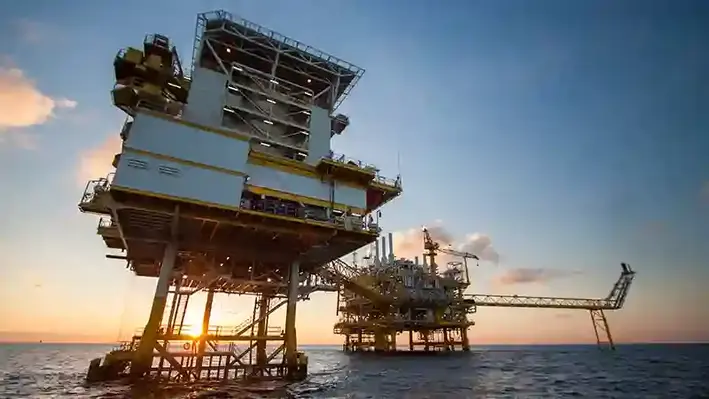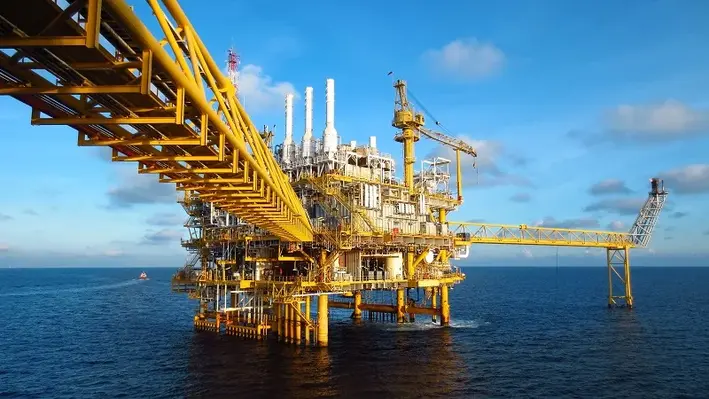 In Asia, regulatory change driven largely by environmental concerns has continued apace, notably with the ASEAN Council on Petroleum (ASCOPE) issuing decommissioning guidelines for oil & gas facilities.
In Asia, regulatory change driven largely by environmental concerns has continued apace, notably with the ASEAN Council on Petroleum (ASCOPE) issuing decommissioning guidelines for oil & gas facilities.
Industry sources estimate that around 800 offshore platforms in the Asia Pacific region will enter decommissioning by 2027, at a predicted cost of some US$100 bn. While English law remains a popular choice to govern Asia Pacific decommissioning contracts, it faces stiff competition from other systems.
The dispute resolution clause of BIMCO’s DISMANTLECON form of contract envisages a choice between English, Singapore and US maritime (or New York) law. Historically, English and Singapore law have followed each other closely. However, the common law of penalties is the latest area in which divergence has emerged, with the Singapore Court of Appeal declining to follow the UK Supreme Court’s Cavendish Square decision when examining liquidated damages and forfeiture clauses in oil and gas contracts. Choice of law therefore, has real consequences for businesses engaged in decommissioning.
Net zero also has a profound impact on decommissioning. Despite the Strategy’s change of name, the MER objective remains in place. This is no “keep it in the ground” strategy. What has altered is the way assets are managed in the context of recovery of oil and gas. The updated OGA Strategy is unlikely in itself to accelerate the pace at which assets come forward for decommissioning, beyond the consequences of falling demand (and perhaps prices) flowing from the government’s overall policy of reducing fossil fuel dependence in the downstream economy. Rather, elements of the OGA Strategy may slow the pace of decommissioning.
The Central Obligation is supplemented by a number of detailed provisions on re-use of assets not only for CCS projects but also, 'where appropriate', for 'projects relating to hydrogen supply'. 15 to 17 of the OGA Strategy, headed 'Decommissioning', require relevant persons to demonstrate, before planning decommissioning of infrastructure, that 'all viable options' for its continued use, 'including for reuse or re-purposing for CCS' have been 'suitably explored'. Note the word 'including': potential re-use is not confined to CCS but could also include hydrogen and other clean energy uses such as offshore wind. So, even where an asset cannot continue in economic petroleum use, OPRED may reject a decommissioning programme where the whole or part of the structure may viably support clean energy development.
The OGA may also use its licensing powers to ensure cooperation between asset owners and others, including parties seeking to invest in alternative uses. Postponement of decommissioning will sometimes, but not always, be welcome news to asset owners. UKCS M&A transactions and other contracts will typically be priced on assumptions about the useful life of an asset and the timeframe within which the costly process of decommissioning is expected to take place. Insistence by OGA or OPRED on prolonging the life of an asset with a view to reuse may result in parties discovering they have overpaid into a security arrangement, or finding themselves compelled to negotiate elaborate cost apportionments with incoming investors. Unravelling or altering already complex contractual arrangements to accommodate these changes may prove legally and financially problematic.




